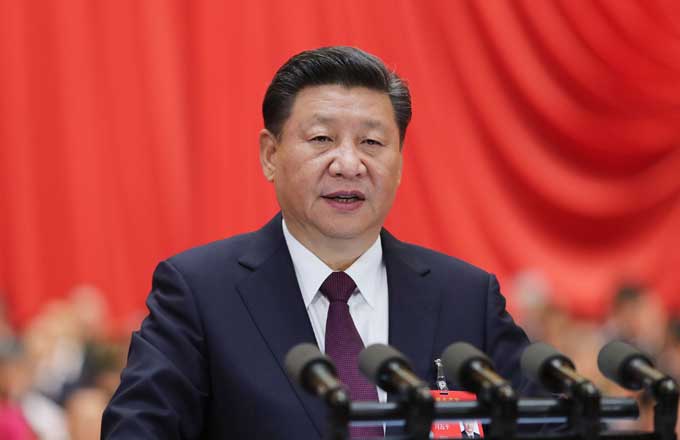Beijing plans gas-fired future to solve problem
China will reduce its consumption of coal and gradually increase the use of natural gas during the next few years, according to the Airborne Pollution Prevention and Control Action Plan (2013-17), which was released by the State Council on Thursday.
Total energy consumption is measured in tons of coal, irrespective of the method of generation. In 2011, China's total energy consumption was 3.48 billion metric tons of coal, out of which coal consumption contributed 68.4 percent, while natural gas contributed just 5 percent, according to the National Bureau of Statistics.
In 2012, the country consumed nearly 2.5 billion tons of coal, more than all other countries combined, according to the Ministry of Environmental Protection.
The central government has decided to reduce the amount of coal being burned to less than 65 percent of total energy consumption by 2017, while consumption of natural gas will rise to 7.5 percent of the total by 2015.
The country will employ a number of measures to achieve the reduction in coal use, including increasing the use of non-fossil energy. Coal consumption is expected to decline in areas such as the Beijing-Tianjin-Hebei cluster, the Yangtze River Delta region and the Pearl River Delta region, often known as the "three key districts".
Supplies of natural gas, coal gas and coalbed methane will also be increased. Between 2011 and 2015, 44,000 kilometers of natural gas pipelines will be built, raising the annual receiving capacity of coastal-based liquefied natural gas terminals by more than 50 million tons, according to the 12th Five-Year Plan on Energy Development (2011-15).
Natural gas pipeline capacity will rise by 150 billion cubic meters by 2015, covering the three key districts, and urban residents will have priority use of the power generated by the newly added supply.
China's huge coal consumption has resulted in serious air pollution. In Beijing, coal use contributed about 20 percent of a primary pollutant called PM2.5 - particles up to 2.5 microns in diameter, small enough to enter the lungs and blood stream. However, that figure rises to approximately 30 percent if emissions of sulfur dioxide and nitrogen oxide - which can produce PM2.5 during the burning process - are taken into consideration, said Jiang Kejun, senior researcher at the Energy Research Institute of the National Reform and Development Commission.
About 50 percent of the coal burned in China is used for homes, small-capacity boilers and small businesses, according to Chai Fahe, vice-president of the Chinese Research Academy of Environmental Sciences.
"These pollution sources are always close to the ground, and have very poor pollution-control technologies," he said.
Chai emphasized the importance of "efficiency control", or the way the coal is burned, in addition to controlling the total amount of fuel being burned.
Some environmental scientists and industry experts have suggested that the current price of coal - which averaged 565 yuan ($94) to 575 yuan per ton of thermal coal with a calorific value of 5,500 kcal/kg at Qinhuangdao Port by the end of July - is too low and doesn't include the costs of reducing carbon dioxide emissions, controlling air pollution and restoring public health.
Registration Number: 130349























